- Reyno Gourmet
- Navarra Food
Quality Labels
Collective trademark
Other unique foods
- Events
- Recipes
- Trade Shows

Walnuts of Navarre are of premium quality, pale in colour and boast highly valued organoleptic properties. Their flavour ranges from delicate to sweet and their oil content varies from variety to variety. It is a fruit that is cultivated and processed in Navarre by producers who engage in the entire process, from cultivation to commercialisation.
In December 2022, a number of those producers gathered together under the newly formed Association for the Promotion of the Walnuts of Navarre Brand (Asociación para la Promoción de la Marca Nuez de Navarra, in Spanish) to promote the cultivation, marketing and consumption of walnuts under this collective trademark.
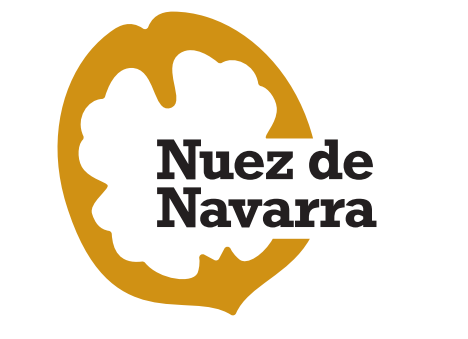
Although isolated walnut trees can be found throughout Navarre, professional cultivation of this fruit began in the 1990s in areas to the south of Pamplona as a way to diversify away from grain and vineyards.
The geographic production area encompasses the entire Provincial Region of Navarre, with trees grown on non-irrigated land to the north and on irrigated land to the south.
Tierra Estella, Navarra Media and Ribera Alta are the three areas that are home to the most producers.
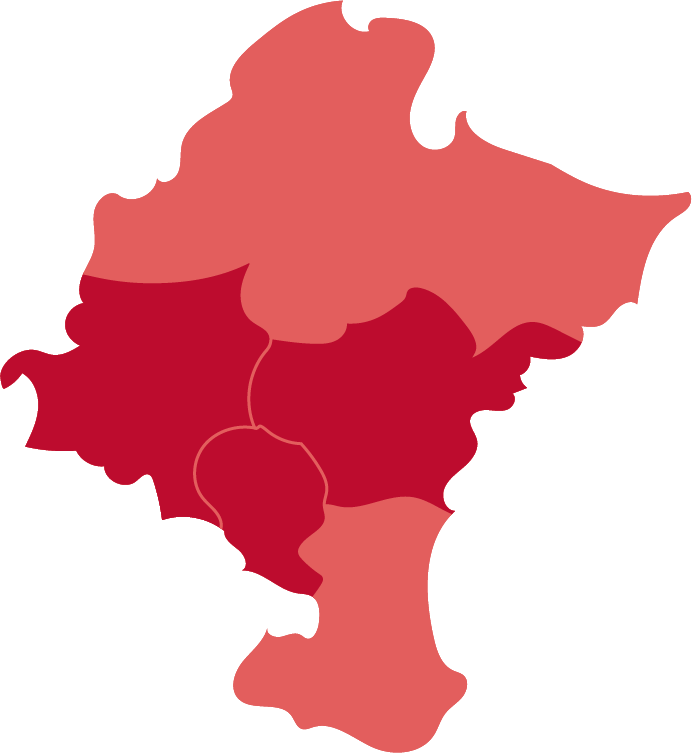
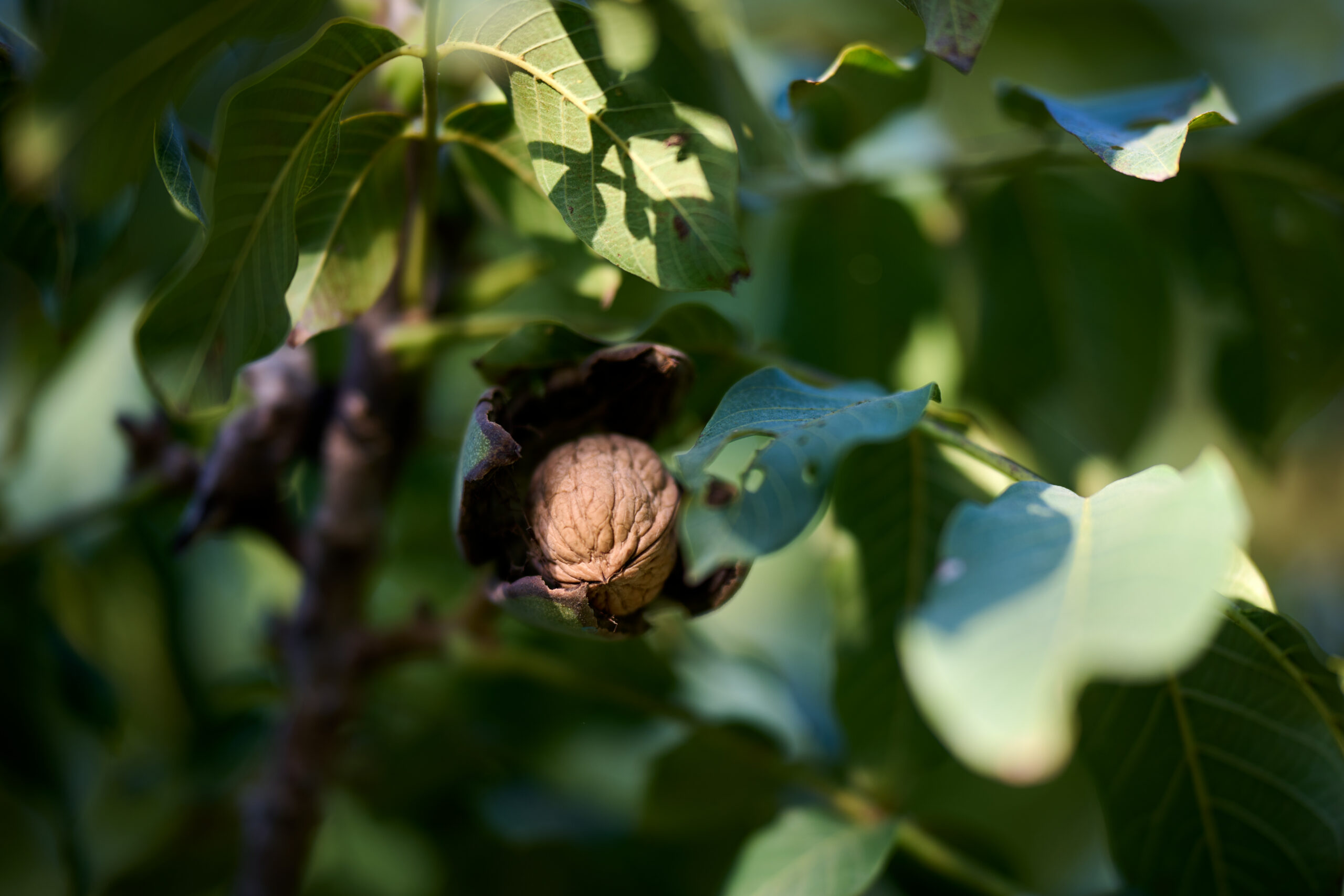
The Walnuts of Navarre collective trademark can only be used for walnuts that are grown in Navarre, whether on irrigated or non-irrigated land. They can be recognised by their pale coloured, large and healthy fruit and shells, with a variety of flavours that range from the delicate to the sweet and oily.
The Association for the Promotion of Walnuts of Navarre and then the trademark were created in response to a need in the sector to identify a product with high quality standards that is produced and processed by the farmers themselves at their own installations, and to thereby distinguish walnuts from Navarre from walnuts coming from other territories, especially France and Chile, which have been monopolising the market in recent years.
The Association for the Promotion of Walnuts of Navarre was registered with the Regional Government of Navarre in 2022 by nine founding members. Anyone who produces or produces and processes Walnuts of Navarre can join the association.
In order to verify the requirements to be met by the walnuts protected by this trademark, producers or producers and processors must pass an audit to ensure that the product offers full guarantees to the consumer.
All the cultivation, packing and final product labelling processes are audited by the Institute of Agri-food Technologies and Infrastructures of Navarre (Instituto Navarro de Tecnologías e Infraestructuras Agroalimentarias, S.A., in Spanish). This is the quality control body responsible for ensuring that the products protected by the Collective Trademark meet the requirements of the Trademark Use Regulations.
INTIA is accredited by ENAC (Entidad Nacional de Acreditación, the Spanish National Accreditation Body, in English) in accordance with European Standard UNE-EN ISO/IEC 17065:2012.



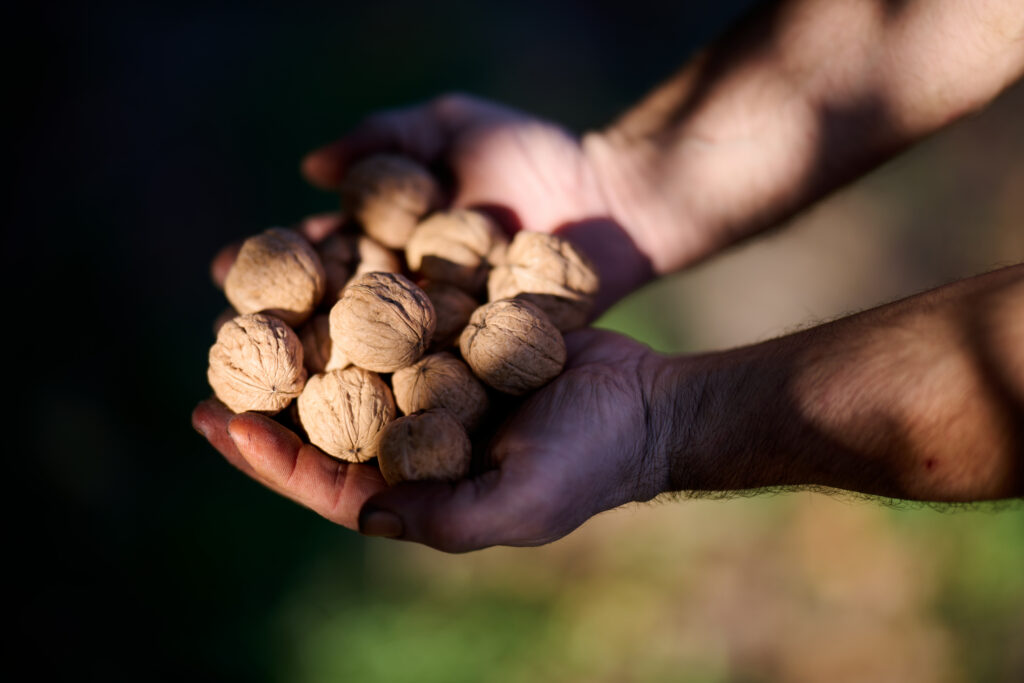
Walnuts of Navarre can be found in various formats:
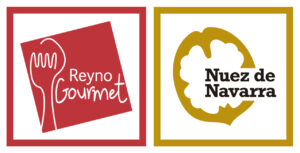
To ensure optimal ripening and to decide when harvesting should begin, the producers open several walnuts and check that the internal wall separating the two halves of the kernel is brown and breaks easily. On the outside, the hull or outer layer that covers the shell has started to crack. Harvest normally begins in October, although some varieties are earlier than others.
Harvest takes place with vibrating machines that cause the fruit to fall onto nets spread out beneath the trees or onto ‘umbrellas’.
Hulling is done as soon as possible with brushes and always without using any chemical products.
The walnuts are then dried, a process that will begin within 48 hours of being hulled in order to minimise the growth of any fungus.
The entire process from cultivation to storage and packaging is undertaken by the farmers at their installations, who control and monitor everything every step of the way.
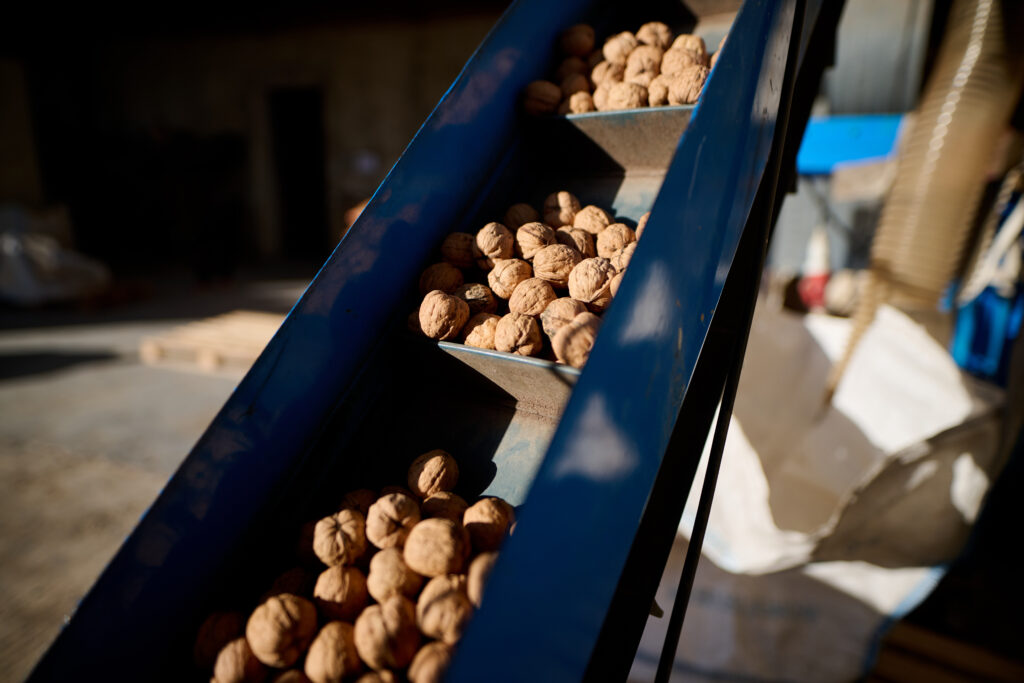
Walnuts are an important source of nutrients and are considered a ‘superfood’ due to their numerous properties. Those properties include:
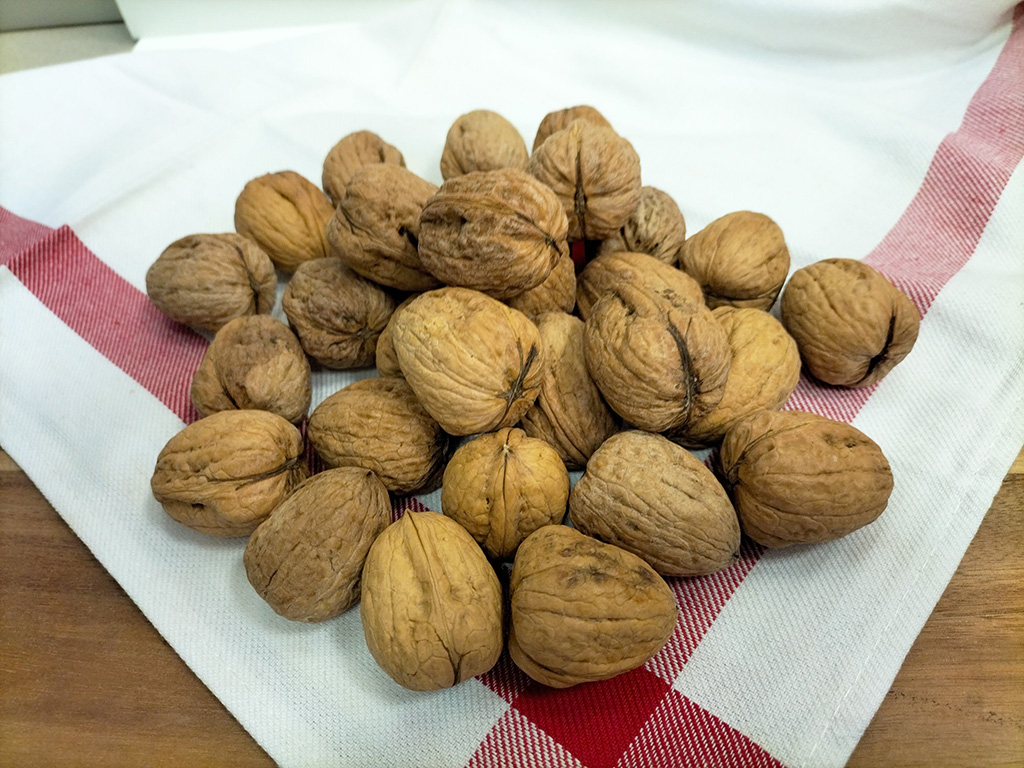
Because walnuts are high in fat, they tend to go bad relatively quickly. To prevent that, it is important to store them:
Want to be kept up to date on Reyno Gourmet’s news, events, competitions and promotions?
Leave us your email and periodically receive our newsletter in your inbox.
Responsible: Navarro Institute of Agro-food Technologies and Infrastructures, SA (INTIA) Purpose: Manage the sending of the requested information and in relation to the activity. Legitimation: Consent of the interested party. Recipients: No data will be transferred to third parties, except legal obligation. Rights: Access, rectify and delete the data, as well as other rights as explained in the additional information. Additional information: https://intiasa.es/es/nota-legal.html